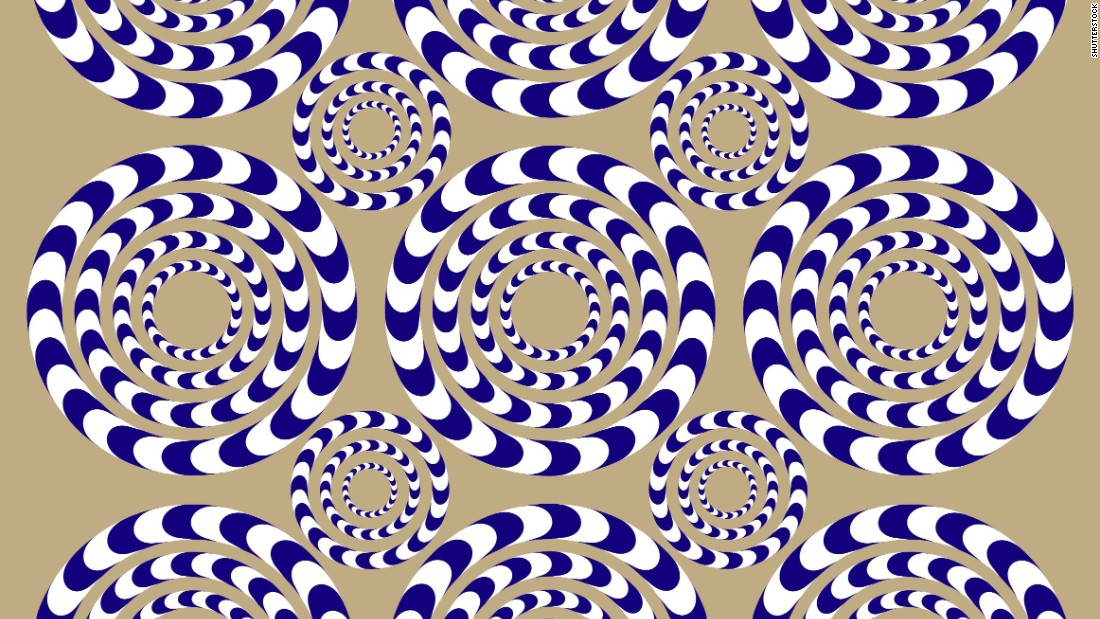-Relative size: When we assume that one of two objects is smaller in size, it must be because it is farther away than the other. We see this in drawings that are 2 dimensional. We think that one object is farther back in the drawing than the other because it is drawn smaller. For example, the cow in the photo below is farther back than Donald Duck because he is drawn smaller.
36194219-cartoon-pics.jpeg
-Relative motion: When you are in motion and looking at an object, you seem to move faster as the objects get larger and closer to you.
-Relative height: When we see two objects and one is higher than the other, we perceive the higher object to be farther away. For example, we see this when looking across a room and seeing a table in the center of the room and a painting on the far wall. The painting on the wall is seen as farther away than the table because the painting is higher in our field of vision.
-Relative clarity: When we see foggy or blurry objects to be farther away than clear or sharp objects. We think the blurred object is farther away because our eyes like to focus on the clear objects in the foreground and we perceive them as closer to us. For example, in portraits, when the background is blurred, we perceive the person in the photo to be closer to us because they are the focus of the picture.










